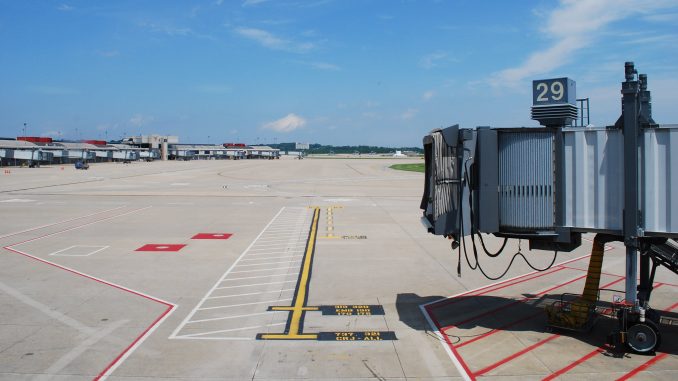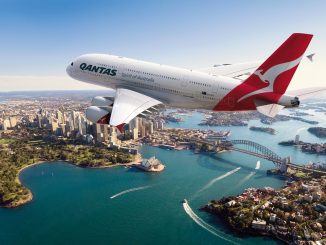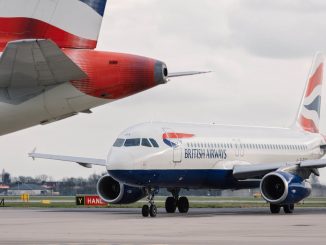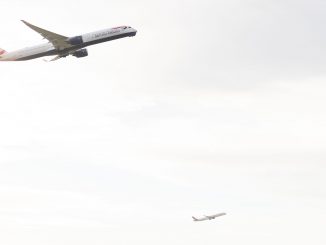
What will flying after the Coronavirus crisis be like? The majority of global passenger air traffic is at a standstill, in some places only around five percent of the flight schedule take place with a limited number of passengers. In many regions of the world, travel warnings are set to end in June. But what can passengers expect when airlines resume their flights?
Obviously, it will still take a while (possibly well into 2021) until the global Coronavirus pandemic is completely over and something like normality sits in. Until then, travelers and holidaymakers have to get used to restrictions and regulations.
These restrictions especially apply to airlines that might have to carry out their flights with fewer passengers. However, fewer passengers mean higher ticket prices, if, for example the middle row of seats has to be left completely empty. In a standard 2-class configured Boeing 737-800 with 159 seats the empty middle row corresponds to about 35 percent or 56 passengers less per flight. It doesn’t look any different on long-haul flights, in a standard 2-class configured Boeing 787-9 with 270 Economy Class seats in a 3-3-3 configuration there would be exactly a third less economy-class passengers. The bottom line is that the ticket prices for the remaining passengers would be 40-50% more expensive than before, if airlines don’t want to make losses with these flights.
At the airport
However, more expensive ticket prices are not the only problem for air travelers. In addition, there is the obligation to wear a mask onboard most airlines, the rigorous distance rules at the airports, for example at check-in, security and passport controls, and potentially even temperature checks. Of course, this also means more waiting times and that passengers now possibly have to arrive at the airport several hours earlier than usual. These rules and health guidelines also apply to restaurants and shopping at the airports.
On board
On board, air travelers are not only confronted with empty seats, but also with completely different regulations. Basically, the mask must be worn throughout the flight. While it can be removed for eating, it must be put back on immediately afterwards. Crowding in the aisle that usually occurs during boarding and disembarkation is no longer allowed to happen. This will likely be avoided by changing the boarding system, in which passengers board, for example, in the order of the seat number. This, again, takes more time, making fast aircraft turnarounds difficult.
A very big problem that I personally see will be self-appointed deputy sheriffs, who will ask or force other passengers to comply with regulations. There simply is a huge potential for conflict here, which the flight attendants have to nip in the bud, otherwise serious incidents on board can occur.
Low-cost carriers
With the global consequences of the Coronavirus pandemic for aviation, the time of cheap flights is over. Despite layoffs, cuts in salaries, flight cancellations and even early aircraft retirements, the enormous losses cannot be made up for (at least not without governments stepping in) and the previous pricing model can no longer be maintained. Airlines that want to survive this crisis, must now adapt themselves and their business model to the current circumstances, or not operate at all.
Conclusion
Air travel, as we knew it until last year, will no longer exist for the foreseeable future. Distance rules, mask requirements, temperature measurements and many other protective measures will limit the joy of flying and put us to the test of patience for at least the rest of this year. And yet, normalization can be seen on the horizon in the longer term, even if it is currently still far away.

Umut is an Aviation Industry Expert. He’s an Opinion Contributor and the Turkey correspondent for International Flight Network.



